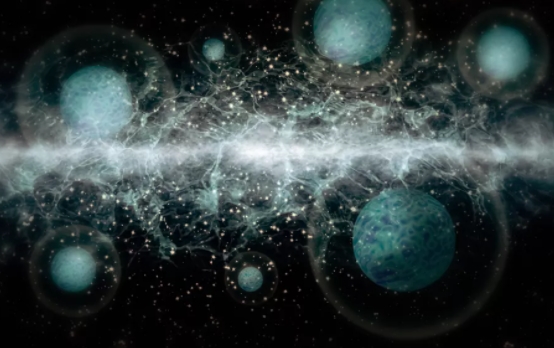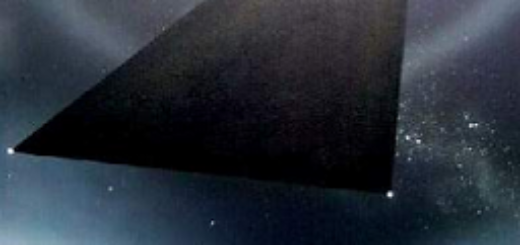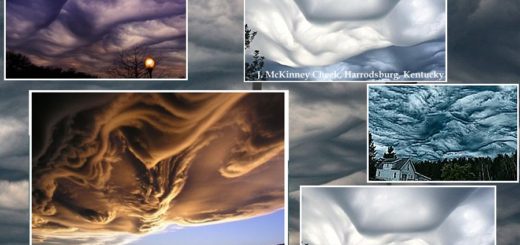Is space-time smooth or chunky?

What is the fundamental nature of reality? Is space-time — the four-dimensional fabric of our universe — ultimately smooth at the tiniest of scales, or something else?
It seems impossible to measure, but with the power of advanced telescopes peering through billions of light-years of distance, researchers are beginning to look down. Deep down.
Einstein’s theory of general relativity is the only way that we understand gravity, and through that prickly tangle of mathematics we have come to know something called “space-time,” a four-dimensional structure (three dimensions of space and one of time) woven together into a unified fabric.
In the language of relativity, matter and energy bend and warp the fabric of space-time, and in response the bending and warping of space-time tells matter and energy how to move, something we collectively experience as “gravity.”
In order for the math of general relativity to work, this fabric of space-time has to be absolutely smooth at the tiniest of scales. No matter how far you zoom in, space-time will always be as wrinkle-free as a recently ironed shirt. No holes, no tears, no tangles. Just pure, clean smoothness. Without this smoothness, the mathematics of gravity simply break down.
But general relativity isn’t the only thing telling us about space-time. We also have quantum mechanics (and its successor, quantum field theory). In the quantum world, everything microscopic is ruled by random chance and probabilities. Particles can appear and disappear at a moment’s notice (and usually even less time than that). Fields can wiggle and vibrate with a will all their own. And nothing can ever be known for certain.
And so, as the physicist John Wheeler pointed out in 1960, if we were to zoom down to the tiniest possible scale (something called the Planck scale, which is about a billionth of a billionth of a billionth of a billionth of a meter), space-time shouldn’t appear smooth at all. Instead, it should be a roiling, boiling mess — an angry frothing soup of particles, constantly tearing holes in space-time and patching them up again before anyone in the macroscopic world notices.
But both of these views of space-time can be correct at the same time. Either general relativity is correct and space-time is smooth, or quantum mechanics is correct and space-time is chunky. Physicists think that the ultimate answer lies in a combination of the two views, something called quantum gravity. And no, we do not currently know what that ultimate answer looks like. So if we could crack open space-time and have a look at the tiniest of scales, maybe we could get some clue as to what’s really going on.
If space-time really is frothy and bubbling, then this should affect anything passing through space-time. For example, a beam of light going along its merry way will encounter all sorts of microscopic bumps and jostles — a Planckian gravel path rather than a smooth highway.
Sometimes those little jostles will give the light a boost, nudging up its energy level, and sometimes the light will encounter a little speed bump, slowing it down. The net effect is that light traveling through a frothy space-time will slowly spread out in energy.
This effect is incredibly, incredibly minute, so tiny we couldn’t possibly hope to measure it in a laboratory. But thankfully, nature can provide a laboratory for us. If we can find a nice, coherent beam of light in space (in other words, a natural space laser), and that beam of light travels over billions of years to our telescopes, we can measure the spread in energy and use that to measure the frothiness of space-time.
That’s exactly what a team of astronomers did, submitting their results for publication in the Monthly Notices of the Royal Astronomical Society, and also posting their work to the online preprint site arXiv. And in a perfect coincidence, they searched for the frothiness of space-time using … espresso. No, not the drink. ESPRESSO, the Echelle Spectrograph for Rocky Exoplanet and Stable Spectroscopic Observations, an instrument based at the European Southern Observatory’s Very Large Telescope.
As its name suggests, ESPRESSO was not designed to search for space-time frothiness, but it turned out to be the best tool for the job. And the astronomers pointed it at a perfect source: a run-of-the-mill gas cloud sitting over 18 billion light-years away. What makes this particular gas cloud especially useful is two facts. One, there is a bright source sitting just behind it, illuminating it. And two, there’s iron in the cloud, which absorbs the background light at a very specific wavelength.
So from our vantage point on Earth, if space-time is perfectly smooth, that gap in the background light caused by the gas cloud should be just as narrow as if the cloud was sitting right next to us. But if space-time is frothy, then the light traveling over the billions of light-years will spread out, changing the width of the gap.
The astronomers didn’t find any hint of frothiness, which doesn’t mean that it doesn’t exist — it just means that if space-time is frothy, we need more than 18 billion light-years to see it with our current technology. But the results were able to rule out some models of quantum gravity, sending them into the proverbial dustbin of physics history.
And if a future experiment does find a sign of frothiness? It would be our first window into the world of quantum gravity, something physicists have been searching for since the 1950s. And it may be all revealed by some random gas cloud.



 Creators of mankind
Creators of mankind Description of “Tall white aliens”
Description of “Tall white aliens” Where they came from?
Where they came from? About hostile civilizations
About hostile civilizations The war for the Earth
The war for the Earth “Tall white aliens” about eternal life
“Tall white aliens” about eternal life Video: “Nordic aliens”
Video: “Nordic aliens” Aliens
Aliens Alien encounters
Alien encounters The aliens base
The aliens base UFO
UFO Technology UFO
Technology UFO Underground civilization
Underground civilization Ancient alien artifacts
Ancient alien artifacts Military and UFO
Military and UFO Mysteries and hypotheses
Mysteries and hypotheses Scientific facts
Scientific facts


















